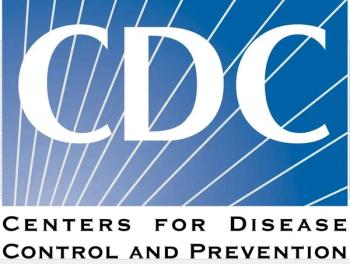
News|Slideshows|August 12, 2019
4 Top Vaccine Storage Misses
Author(s)Alex Evans, PharmD, BCGP
Vaccine temperature excursions can render the products unusable--and leave your practice with the tab. Here are 4 storage errors to avoid.
Advertisement
A survey of Vaccines for Children program providers in 2012 revealed that over a 2-week survey period “vaccines stored by 76% of 45 selected providers were exposed to inappropriate temperatures for at least 5 cumulaive hours during that period.” Images in the report taken during the survey show vaccines that had been exposed to freezing temperatures, some with ice visible on the box. (continued below).
Newsletter
Enhance your clinical practice with the Patient Care newsletter, offering the latest evidence-based guidelines, diagnostic insights, and treatment strategies for primary care physicians.
Advertisement
Latest CME
Advertisement
Advertisement
Trending on Patient Care Online
1
The Year in Alzheimer Disease: Disease-Modifying Therapies, Regulatory Approvals, and Safety
2
FDA Grants Priority Review to AXS-05 for Agitation in Alzheimer Disease, Sets April 2026 PDUFA Date
3





























































































































































































































































































































